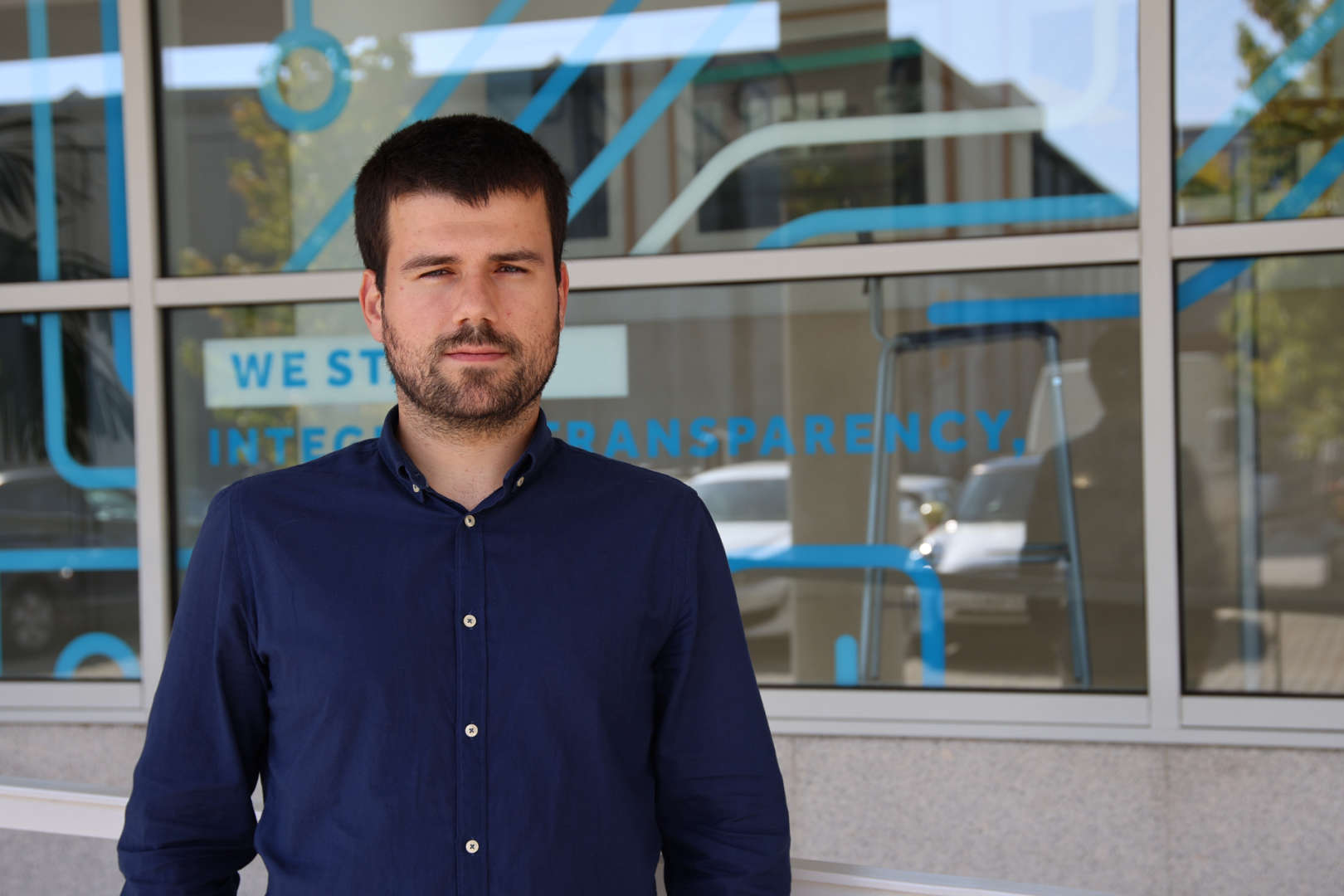About
Ricardo B. Sousa (born in 1997 in Vila Nova de Gaia, Portugal) is a researcher at CRIIS - Centre for Robotics in Industry and Intelligent Systems from INESC TEC - Institute for Systems and Computer Engineering, Technology and Science. He holds a Master's degree in Electrical and Computers Engineering (ECE) from the Faculty of Engineering, University of Porto (FEUP), where he completed his MSc thesis on odometry and extrinsic sensor calibration on mobile robots. Currently, he is pursuing a PhD degree in ECE at FEUP, researching on long-term localization and mapping in dynamic environments. Furthermore, he is an active member of the 5dpo Robotics Team at FEUP, which competes in national and international robotics competitions, developing and studying on perception, robot design, and system integration. His main research interests include perception, sensor fusion, Simultaneous Localization and Mapping (SLAM), sensor calibration, control systems, and mobile robots.


